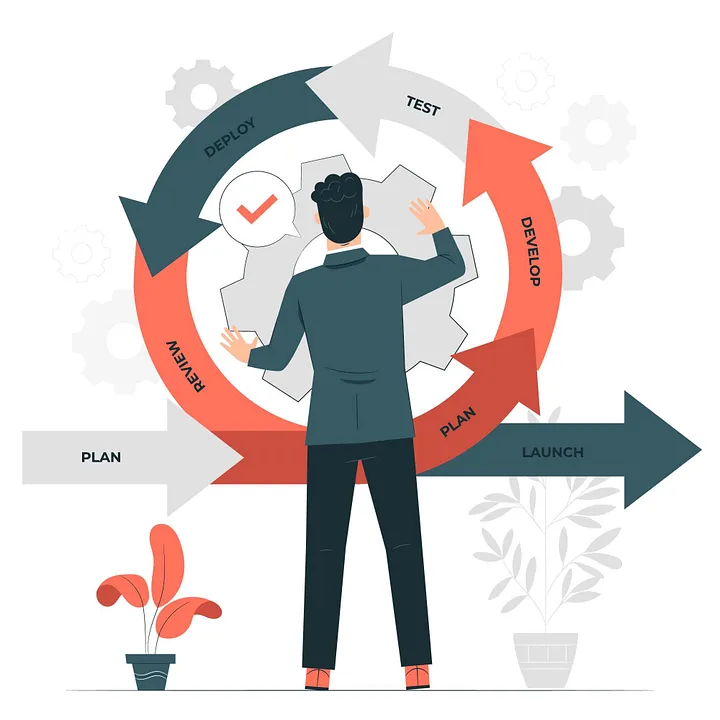
The Agile Project Management Approach: Synchronizing Stakeholder Needs and Priorities
Inthe world of digital project management, the need to align the diverse needs and priorities of stakeholders is a challenge that can make or break a project.
As a result, Agile project management, with its roots in the Agile Manifesto, has emerged as a powerful solution to this challenge, offering a framework that is both flexible and disciplined, ensuring that stakeholder engagement is not just a box to be checked but a continuous, integral part of the development process.
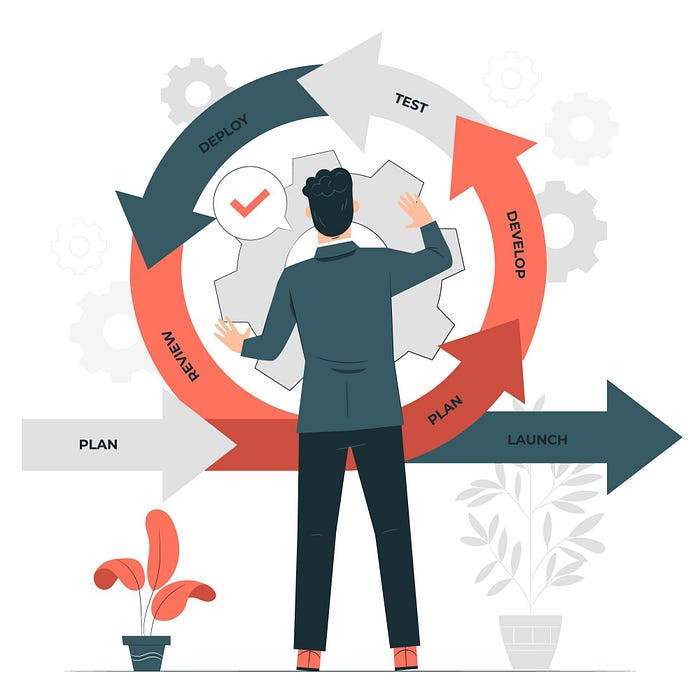
Image by storyset on Freepik
In this Agile | Adapt blog article, I discuss the unique advantages of the Agile project management approach.
Explore how its focus on building a collaborative culture can improve chances of success.
And how by embracing Agility means embracing a way of working that is responsive, transparent, and focused on delivering value to stakeholders at every step of the journey.
Photo by Hester Qiang on Unsplash
The Agile Advantage
Agile project management is not an out of the box solution; it is a philosophy — some consider an approach — that adapts to the unique context of each project.
At its core, Agile project management is about iterative development, where software and digital products are built incrementally from the start of the project, enabling teams to deliver a working version of the product early and often.
The Agile project management approach offers many advantages for aligning stakeholder priorities:
1. Shared Vision and Clarity: By involving stakeholders in the planning and feature prioritization, Agile project management fosters a shared understanding of the project goals. This collaborative environment ensures that everyone is on the same page, reducing the risk of misaligned expectations and project outcomes.
2. Frequent Feedback Loops: Agile’ project management’s approach means that is contains an iterative nature, which allows stakeholders to provide feedback early and continuously. Each iteration or Sprint culminates in a potentially shippable product increment, enabling stakeholders to see progress in real-time and suggest changes without waiting for a final product.
3. Adaptability to Change: Agile project management embraces change, viewing it as an opportunity rather than a setback. Stakeholders can reprioritize features or adjust requirements, ensuring that the product evolves with their needs and the market’s demands.
4. Enhanced Trust and Satisfaction: Delivering value frequently and consistently builds stakeholder trust. Demonstrating tangible progress at regular intervals reassures stakeholders that their investment is yielding results, enhancing their overall satisfaction with the development process.
Creating a Collaborative Culture
Agile project management’s success in aligning stakeholder needs hinges on creating a culture of collaboration, communication, and transparency.
This collaborative culture is cultivated through various practices and ceremonies, such as daily stand-ups, Sprint planning meetings, and retrospectives, which keep all parties informed and engaged.
Conclusion
The Agile project management approach offers a flexible and robust framework for synchronizing stakeholder needs and priorities with the rhythm of digital development.
By promoting a collaborative culture and maintaining a flexible approach to project management, Agile ensures that stakeholder feedback is captured, their voices are heard and valued throughout the development lifecycle.
As the business environment continues to evolve, Agile stands as a testament to the power of adaptability and the importance of stakeholder-centric development.
For organizations looking to implement or refine their Agile practices, the key lies in understanding that Agile is more than a set of tools or processes — it is a mindset that requires commitment from all involved.
Embracing Agile project management means embracing a way of working that is responsive, transparent, and, above all, focused on delivering value to stakeholders at every step of the journey.




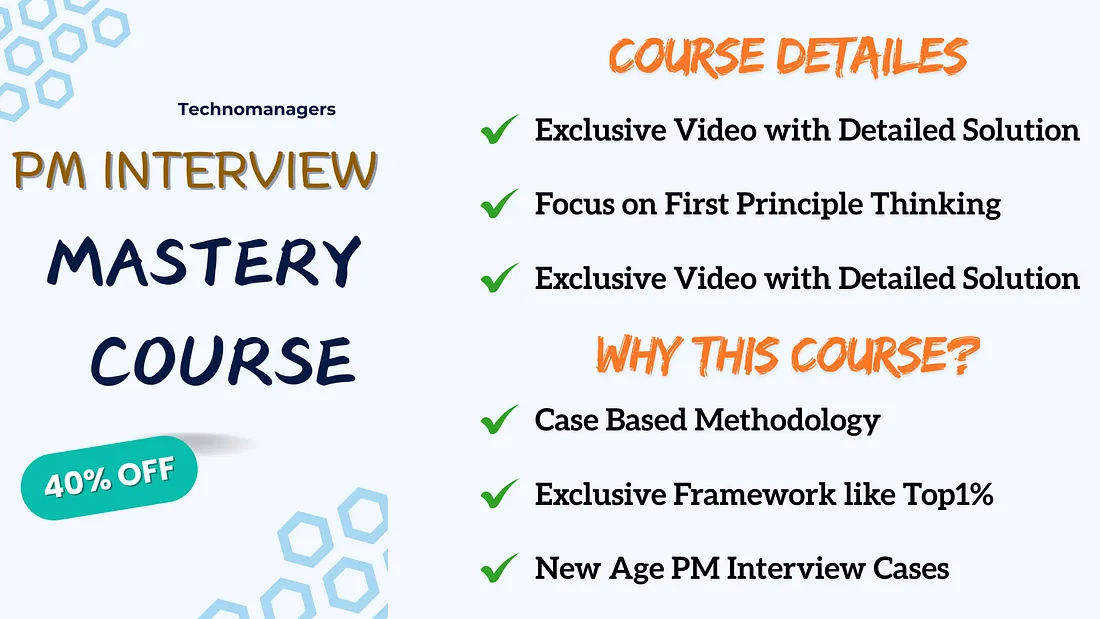
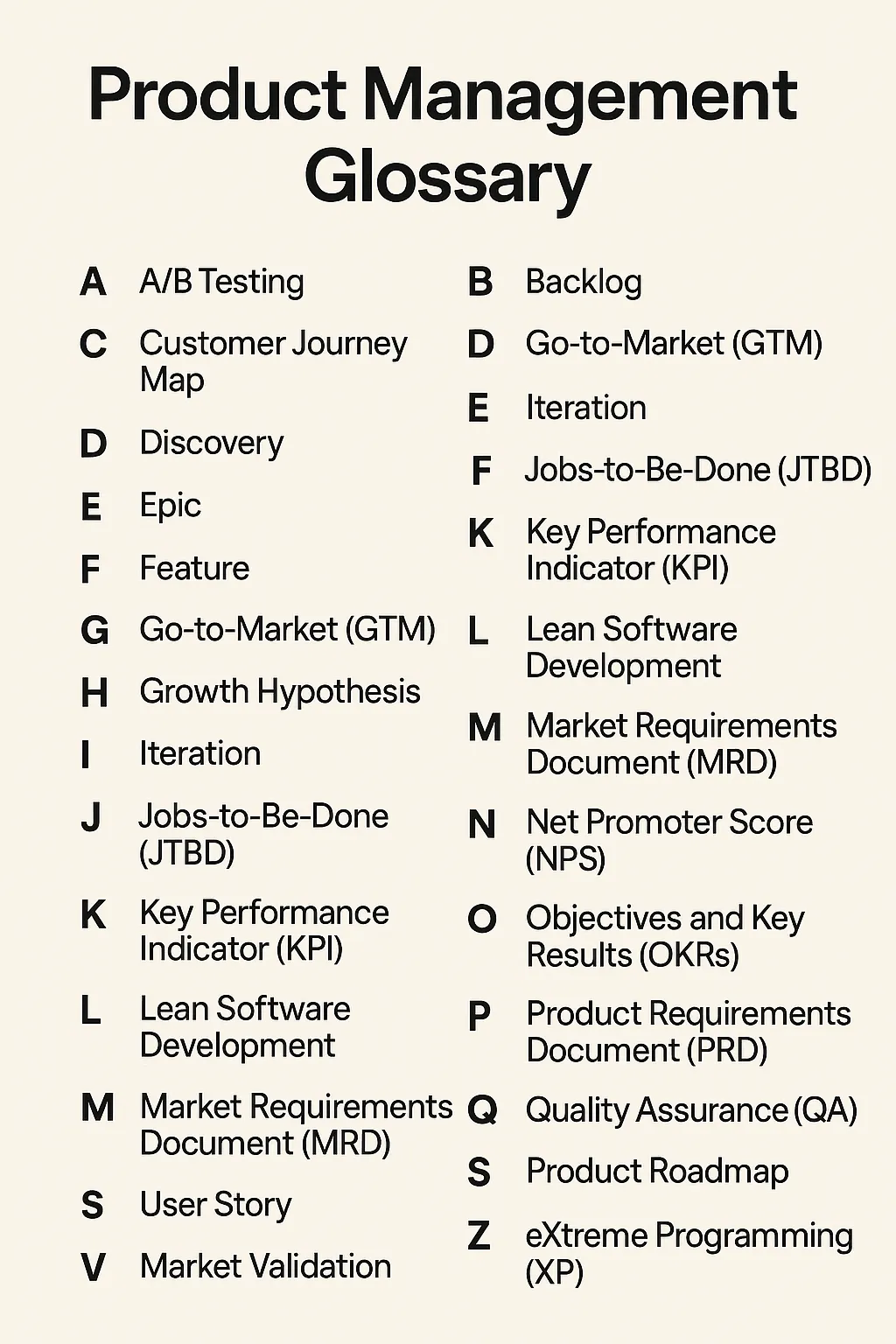
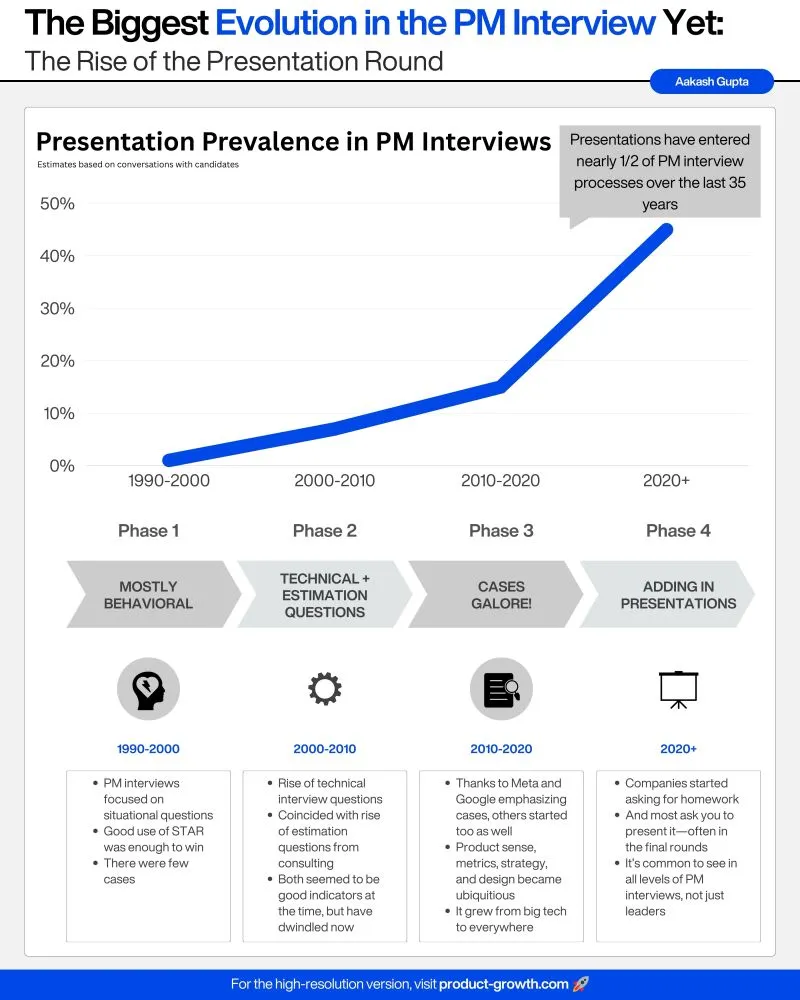
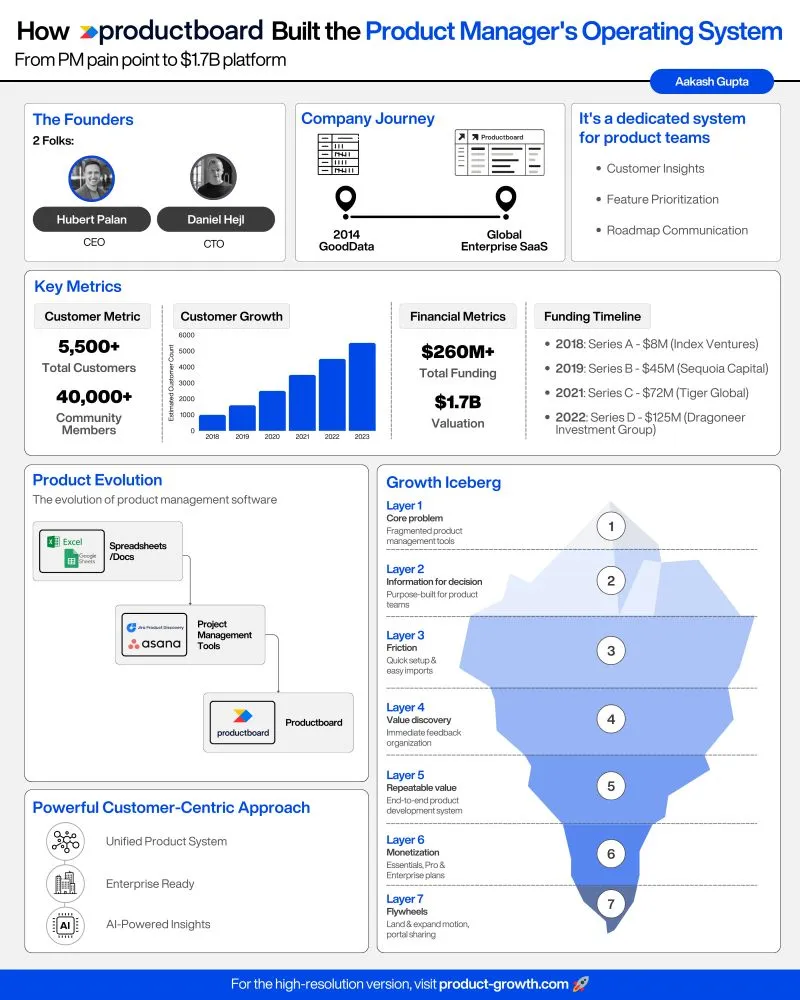

Comments ...
No Comments Yet ...Add One